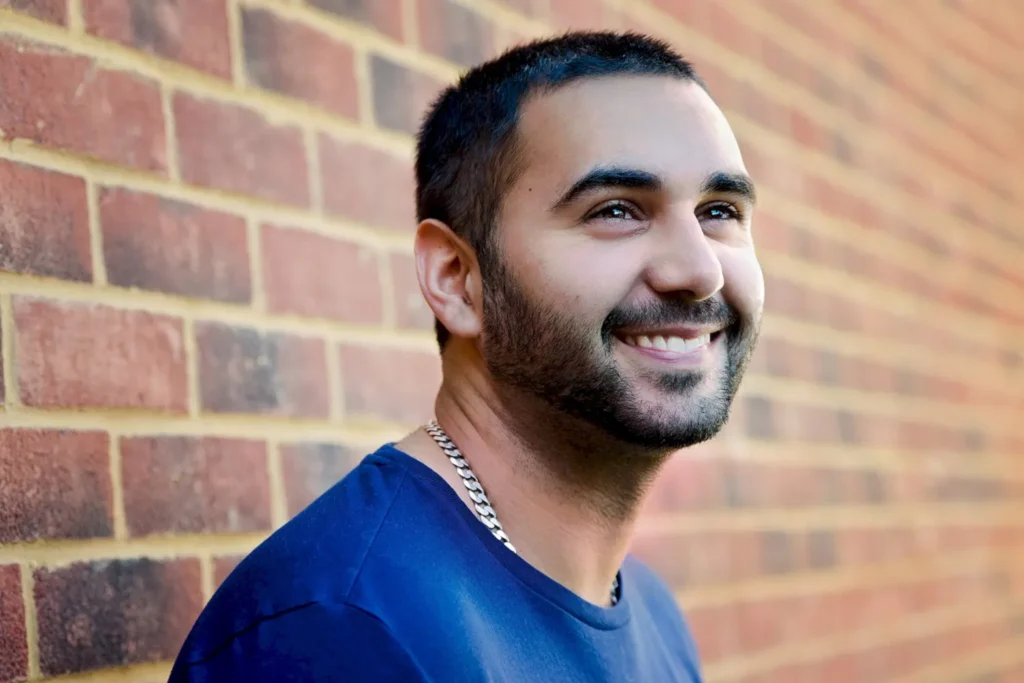From Ancient Wisdom To Modern Medicine: Healing Malaria's Grip
How did the historical use of cinchona bark by Indigenous Peruvians influence the development and efficacy of quinine as a treatment for malaria? Our counsellors are here to help you today.
FREE ASSESSMENT082 747 3422Quinine, extracted from the bark of the South American cinchona tree, has been a key drug in treating malaria for centuries. Indigenous Peruvians originally used the bark for fever treatment and quinine was isolated from it in the early 19th century. It combats malaria by inhibiting the growth of Plasmodium, the causative parasite, reducing fever and inflammation. Though its use has declined due to newer, more effective antimalarials with fewer side effects, quinine’s historical impact is significant. It aided colonial expansion in malaria-endemic areas and influenced tonic water’s development, where its bitterness was offset by sugar and carbonation for malaria prevention. Quinine’s discovery marked a central moment in medical history, especially in treating infectious diseases.
Quinine, primarily recognised for its role in malaria treatment, is also a component of tonic water. This substance is frequently used to adulterate heroin with its presence detected in approximately 68% of heroin samples from different cities. While small quantities like those in tonic water, are generally safe, higher doses can lead to serious side effects. These include headaches accompanied by chest pain, intense dizziness, rapid or forceful heartbeats, unexpected bruising or bleeding, significant back pain, symptoms of infection such as fever, chills and mouth ulcers, as well as the presence of blood in urine.
Street heroin is rarely pure with its actual heroin content ranging from 50% to 80% and it’s often cut or laced with other substances. Cutting refers to adding non-psychoactive fillers, while lacing involves adding substances to mimic or enhance heroin’s effects. Common adulterants include:
- Fentanyl
A synthetic opioid, similar but cheaper than heroin, often leads to fatal overdoses due to its high potency. - Quinine
Known for treating malaria and found in tonic water, quinine is a common cutting agent in heroin, potentially causing severe side effects at high doses. - Caffeine
Less common but found in some heroin samples, caffeine can mask overdose symptoms, increasing the risk of death. - Various Sugars
Sucrose, lactose and mannitol are used as safer cutting agents with sucrose being the most common. - Various Powders
Talcum powder, chalk, flour and cornstarch are relatively harmless cutting agents but are still unsafe for injection. - Impurities
Due to varied lab conditions, heroin may include intermediate products, traces of painkillers or contaminants from manufacturing and handling. - OTC Medications
Over-the-counter medicines like aspirin are sometimes used, posing risks at high doses. - Strychnine
Found in rat poison, it acts as a stimulant at low levels but is dangerous.
Pure heroin poses a significant overdose risk as users often expect it to be cut. The unpredictability of street heroin’s composition points to the extreme dangers of its use and the critical need for effective addiction treatment.

If you’re exploring the complex world of drug jargon, you may come across the term…

A disease broadly refers to any condition that disrupts the normal functioning of an organism,…

In street slang, “junk” specifically refers to heroin, a highly addictive opioid with severe risks…
What are the key health risks associated with the use of Mephedrone (Miaow Miaow), and how does its synthetic nature contribute to these dangers?
How can understanding and managing urges contribute to more effective addiction treatment outcomes?
Inpatient Rehab
Rehab care is a good option if you are at risk of experiencing strong withdrawal symptoms when you try stop a substance. This option would also be recommended if you have experienced recurrent relapses or if you have tried a less-intensive treatment without success.
Outpatient
If you're committed to your sobriety but cannot take a break from your daily duties for an inpatient program. Outpatient rehab treatment might suit you well if you are looking for a less restricted format for addiction treatment or simply need help with mental health.
Therapy
Therapy can be good step towards healing and self-discovery. If you need support without disrupting your routine, therapy offers a flexible solution for anyone wishing to enhance their mental well-being or work through personal issues in a supportive, confidential environment.
Mental Health
Are you having persistent feelings of being swamped, sad or have sudden surges of anger or intense emotional outbursts? These are warning signs of unresolved trauma mental health. A simple assesment by a mental health expert could provide valuable insights into your recovery.
Is My Loved One Addicted?
Your responses are private and not stored.
It’s Professional.
Clinically grounded
Clear, practical guides on addiction and recovery, based on recognised treatment principles and South African experience.
Therapy for addictionIt’s Affordable.
Straight talk on costs
We unpack typical fees, medical-aid issues, and funding options so you can compare treatment choices without sales pressure.
Paying for treatmentIt’s Convenient.
On your terms
Short explainers, checklists, and FAQs you can read, save, and share in your own time, from any device.
What to expect in rehabIt’s Effective.
Better decisions
We focus on evidence-based guidance and honest discussion of risks, relapse, and family impact to support long-term recovery.
Evidence-based
















